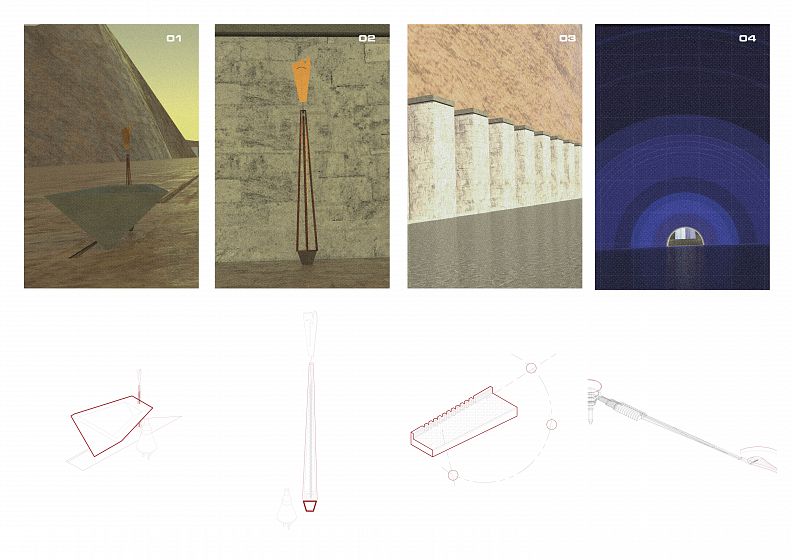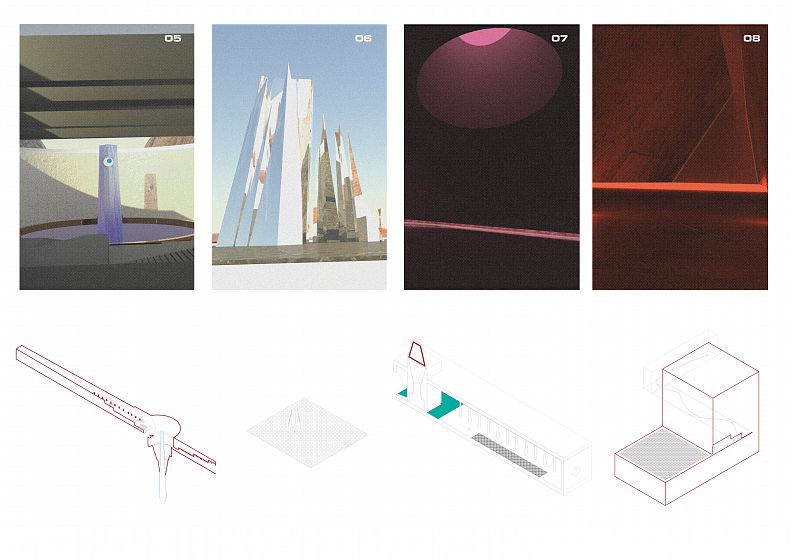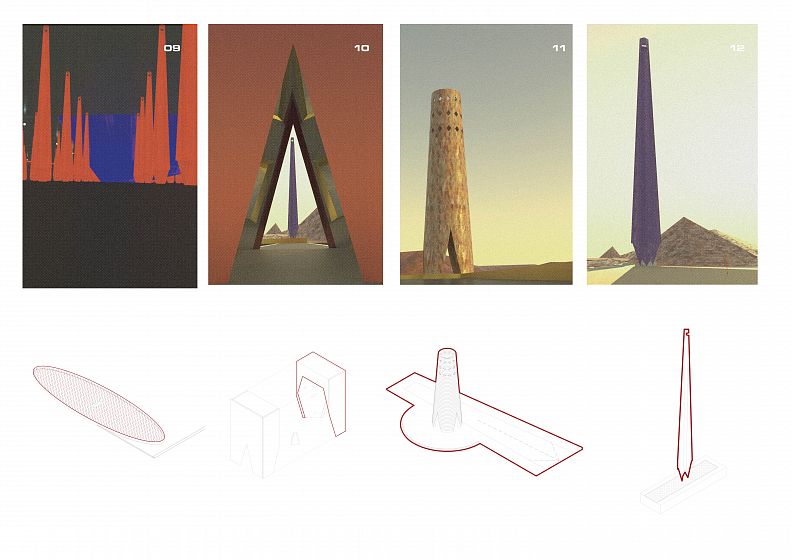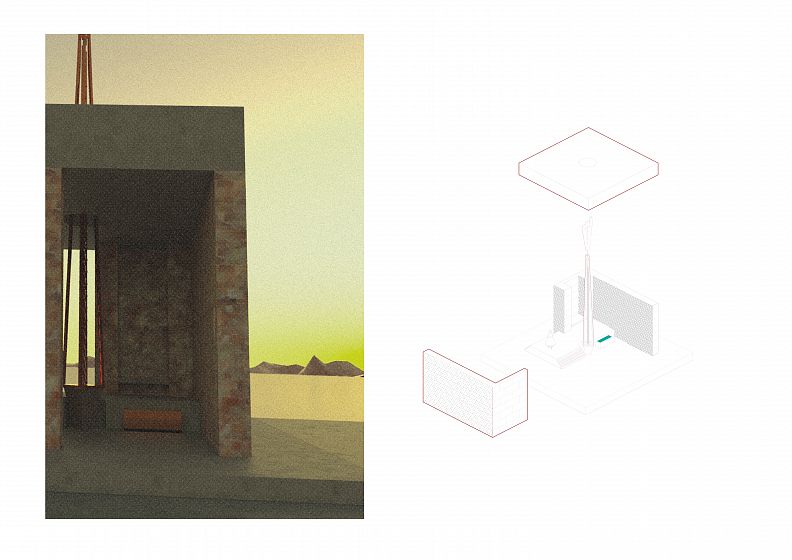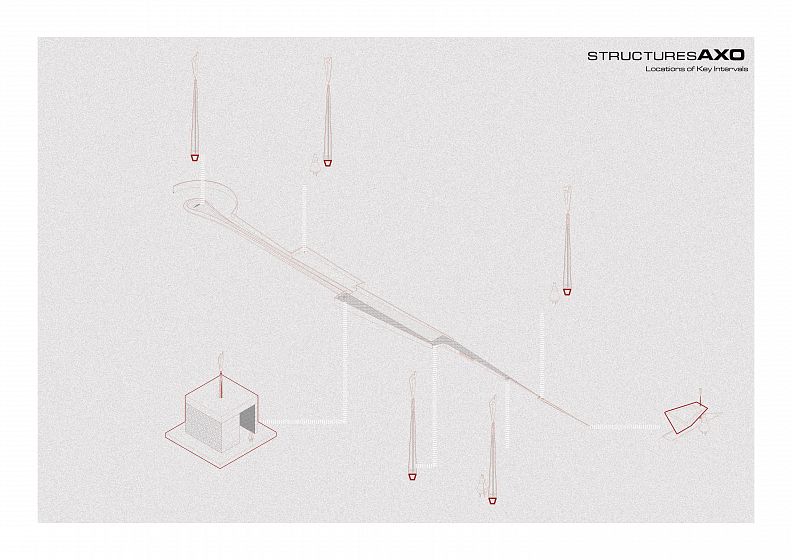Towards the Horizon: A Hero's Journey.

Project idea
The project in essences is all about a journey of reflection, how far humanity has come and that a simple journey through architecture is all that is needed for creativity, change and growth.
Project description
The project itself, is a metaphor on a journey of reflection. With the world facing its own ecological disaster on the form of global warming and climate change, the focus of a year if research was how can this be solved. Rather than trying to solve all these problems, a thought occured that humanity has to take a point of reflection of what is the root of these problems - ultimately resulting in examining themselves.
Through multiple approaches to research, the theme of all the work looks at reflection and journeying to behavioral change. Typically in traditional cultures, individuals were sent on this type of journey before they could become an integrated part of society. On these journeys, the tasked individuals would journey westward, as it became a symbol of heading towards a new day and burying a part of an old identity.
Inspired by the past traditions, the years research concluded with a 120km walk over the Bolivian Salt Flats through 12 architectural points of reflection. A journey through light, space and form, at its core using a simple technology - Salt - and how many ways it could constructed with, to grow objects from and finally for an individual to interact with. The ultimate apotheosis from the research, to take a more simple approach to living and taking a break from the chaos of society and that a journey through architecture is all that is needed for reflection, change and growth....
Technical information
Regarding the buildability of the project, the main construction material that was considered for most of the structures is the use of salt. As the project is in the Salar de Uyuni, Bolivia, thought was giving to using as much natural materials as possible that are native to the region. From salt blocks to stack and make structures, to growing salt crystals to make architectural spaces and objects. Salt itself, is a conductive and reflective material and when light shines from it, can make beautiful colours depending on the type. Other materials that were considered for the area was the use of copper and portions of concrete in places to signify humanities concrete footprint on a natural world.
The project itself was broken into 3 parts. The first part was the creation of a banner that celebrated all the most successful drawings from the project. This includes a masterplan of the project, various plans and axonometric’s exploring the project in different scales and a section that explores the relationship of the whole design. This was also followed by a series of visuals to get a feel for all the various forms and colour that the user would experience. The second part of the project was the research publication that explored a personal journey through discovering and testing all the different approaches the research explored. Finally, the third part of the research was explored through a model and walkthrough of the entire design. As the project itself was 120km long, it was difficult to explore all the ideas on paper format only. This was finally packaged up to become a home exhibition during the global coronavirus lockdown.
Architects enjoy celebrating and sharing their work, in particular the final year exhibition which is a moment of presenting to the wider architecture community. With the virus preventing most students doing so this year, a personal thought was given - As young designers, nothing should prevent us from celebrating architectural ideas and through innovation, with a little bit of creativity, there is always a solution to problems.


